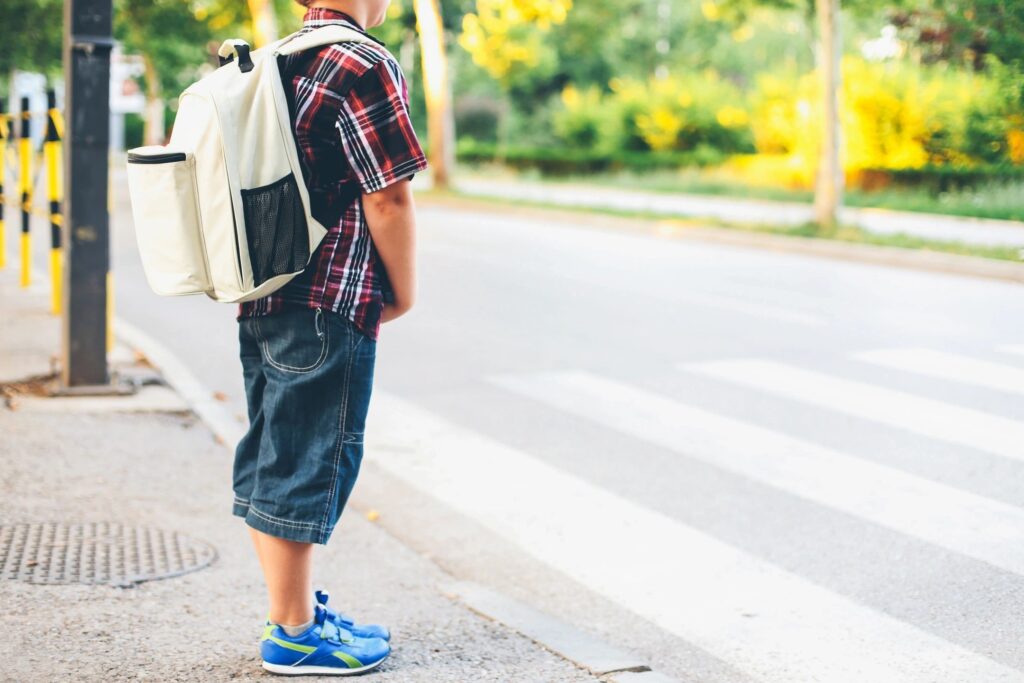
In October 2021, Eugenia C. South published an opinion piece in the New York Times that discussed the impact of her research on randomized place-based interventions to reduce community violence.
In collaboration with the Pennsylvania Horticultural Society, South and her colleague transformed vacant parcels of land in neighborhoods across Philadelphia by removing trash, planting grass, and installing wooden fencing
In short, they created greenspaces and brought a bit of nature into the inner city. The results: a nearly 30% drop in crime in the areas surrounding the greenspaces and adult residents reporting feeling safer and less depressed.
That’s a shocking decline in crime, but not a surprising outcome. South should be applauded for her work. Her efforts are improving the lives of tens of thousands of citizens by reducing crime and improving quality of life.
South’s approach to transforming the adult experience of living in inner-city neighborhoods should be expanded to include improving the lives of other inner-city residents: children. The place-based interventions she developed could also be used to reduce the negative effects growing up in disordered, dangerous, and unhealthy environments have on inner-city youth’s cognitive, social, physical, and emotional development.
Decades of research evidence the negative effects stressful environments have on children. Growth in reading skills is negatively impacted by unfavorable environmental factors. Poor environmental conditions are associated with learned helplessness and psychological disorders. Living in deteriorated neighborhoods correlates with increased drug use among adolescents, which can lead to long-term issues such as poor academic achievement and association with antisocial peers.
Physical disorder in neighborhoods is also a powerful influence on children. It is a stronger predictor of childhood outcomes than socio-economic status. Adults and children who live in communities characterized by physical disorder have lower levels of perceived safety. Children’s perception of safety influences their assessment of the trustworthiness of others.
Low levels of perceived safety of an environment also influence children’s physical activity. Low levels of physical activity are associated with poor health outcomes such as obesity. This is concerning for children living in poor communities who are already at a higher risk for obesity because of limited access to high-quality food options.
Environmental impact strategies like those advanced by South are a type of preventative universal intervention – a strategy that impacts entire groups or populations. These types of interventions expand on the bioecological model used to develop Head Start programs. They recognize how environments affect human beings and maximize exposure to interventions in order to maximize the potential for positive outcomes.
Place-based interventions are also based on the theory that communities shape circumstances that influence the overall wellbeing of their residents. They are designed to address the root causes of complex social problems and require significant collaboration and coordination which can only be sustained through engaged and effective local leadership. Even though the complex design of these interventions sometimes makes them difficult to evaluate, South has proven they can be effective.
Place-based interventions hold powerful potential for positively impacting millions of inner-city children by focusing attention on ways to modify their environment. They create new opportunities to reduce the likelihood that pre-existing vulnerabilities will be exacerbated by disordered environments. If effective, they reduce the future need for treatment programs that remediate academic weaknesses, treat health conditions, and address mental illness and drug addiction.
While South’s success in using green spaces to reduce crime in Philadelphia is encouraging, scaling her work is not as simple as replicating the program in cities around the nation. Place-based interventions must be customized to the context and community in which they will be implemented. Schools could play a central role in coordinating the efforts of community members to design and implement place-based interventions that respond to the specific environmental challenges impacting the youth that live in the surrounding area.
Children who live in under-resourced communities face a myriad of challenges that their more affluent peers do not. Customized place-based interventions can help level the playing field. They represent a means of strengthening communities, increasing youth resiliency, and ensuring all children have an equal opportunity to succeed – irrespective of their zip code.
South’s holistic approach to strengthening communities is a worthwhile endeavor. Although additional evaluation work is needed, the expansion of these kinds of programs holds great potential for America’s youth.
The conditions affecting youth in inner cities won’t be changed overnight. Indeed, South has devoted her entire career to strengthening under-resourced communities.
She started one greenspace at a time. And her efforts are bearing fruit.
Now let’s expand her work – and seek to produce the same positive outcomes, one school community at a time.
